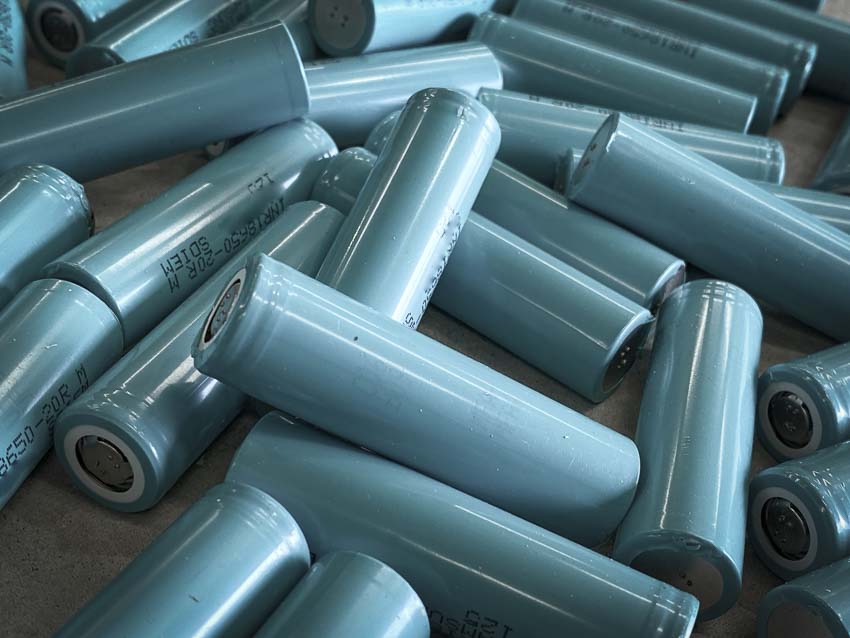Self-healing li-ion batteries would mean a dramatic improvement in the battery’s ability to sustain itself through extended use. Lithium-ion batteries undergo cracking, deterioration, and electrochemical pulverization during the significant volume changes associated with the insertion and leaving of Li+ ions during charging and discharging. This damage accumulates over time and, as a result, the efficiency of the batteries degrades leading to eventual failure.
Why Self-healing Li-ion Batteries?
So what do you do? Well, inspired by biological systems that routinely accomplish self-healing, researchers at the University of Illinois Urbana-Champaign determined that polymeric microcapsules containing a liquid metal (Ga, Ga-In, Ga-In-Sn) can be configured to release in response to the mechanical forces associated with these lithium-ion damaging processes. Upon release, the microcapsules can actually restore electrical conductivity and system performance in lithium-ion batteries. Batteries can literally self-heal as a result.
Taking it further, they realized that they can trigger the thermoresponsive microcapsules to melt and/or polymerize at triggering temperatures that are well below unsafe conditions for batteries. This can essentially turn the microcapsules into a fail-safe autonomic shutdown feature prior to electrical breakdown and even potential fires.
This is extremely technical, but extremely cool at the same time. So far we’ve been excited by advances in nanotechnology on lithium-ion batteries as well as the use of graphene coatings. In all cases, there are a lot of irons in the fire – and that almost certainly makes for a lot of potential good in the world of battery technology. The future looks bright.
Maybe someday we’ll have batteries that can hold 10x the power, charge in 1/10th the time, and come in at 1/10th the size. Hey, it could happen!



